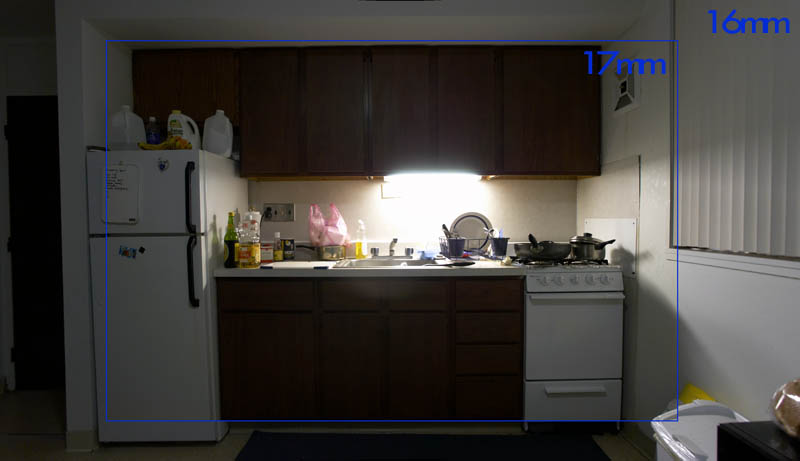





 |
 |
 |
 |
 |
 |
| Michael Ng | profile | all galleries >> Photo Gear & Reviews >> Lens Comparison: 17-35mm @ 17mm versus 16mm Fisheye | tree view | thumbnails | slideshow |
|
Question: If you already have a 17-35mm f/2.8D AFS lens, why would you want a 16mm f/2.8D fisheye? Deliberation: I came across this question a while ago by a fellow forum member and it did get me thinking. Was it possible to justify my keeping the 16mm fisheye since the 17-35mm has a 17mm wide end which is only 1mm narrower? How much does that extra 1mm correspond to? Firstly, let me say that I believe that comparing the lenses solely based on focal length is a mistake. Both lenses have their individual and unique functions, therefore stacking them up would be like comparing apples to oranges. Firstly, the 17-35mm is a rectilinear wide angle zoom lens. This means that it is corrected (albeit not perfectly) for distortion. The 16mm on the other hand is a prime fisheye lens. This means that the distortion on this lens is deliberate and not corrected. The 17-35mm is better suited for more general photography where straight lines are seen as straight, just like in the real world. This lens gives the benefit of changing focal lengths through zooming, which makes it a very versatile lens. The 16mm on the other hand is a little more restricted in terms of its applications. Since the distortion is very great on this lens, images tend to look more surreal as if looking through the eyes of a fish; hence the name “fisheye”. The major edge that this lens has over the 17-35mm is its close focusing capability, which allows for very dramatic and exaggerated close-ups. To answer the question pertaining to the 1mm difference, one must be prepared to think against our conventional methods of measurement. Focal lengths are measured as the distance from the optical center of the lens to the focal point or where the image is formed (on sensor or film). Because the image is miniaturized inside the camera, a change in the focal length by 1mm via the shifting of the lens elements leads to a much more exaggerated effect on the final image. That difference is illustrated below: 
The image here is a comparison between the 16mm fisheye, which was corrected with PTlens by PanoTools and the 17mm-35mm lens at 17mm. There is some additional distortion which was difficult to correct, which made lining up the images perfectly difficult. But you can see that there is quite a significant amount of additional space which that extra 1mm gives. You actually see even more if the distortion isnt corrected, as illustrated by the two images below. The second one illustrates how much is lost through cropping after the distortion is corrected:  Original image taken with the 16mm.
Original image taken with the 16mm.
 Corrected image without the additional cropping. Note the vignetting on the top and bottom
Corrected image without the additional cropping. Note the vignetting on the top and bottom
The Answer: As exhibited by my test images, even if I did want to use the 16mm as a rectilinear lens, I still would be getting a much wider field of view. The 1mm difference is a very significant one. The width I gain is not uniform, as I get more horizontally than I do vertically. I still believe that the two lenses in question are unique, each having their respective strengths and limitations. This reason alone is justification enough for me to keep my 16mm fisheye lens. ©Michael Ng 2005 |
| comment | share |
| Guest | 01-Feb-2007 07:22 | |
| Guest | 22-Nov-2005 13:33 | |